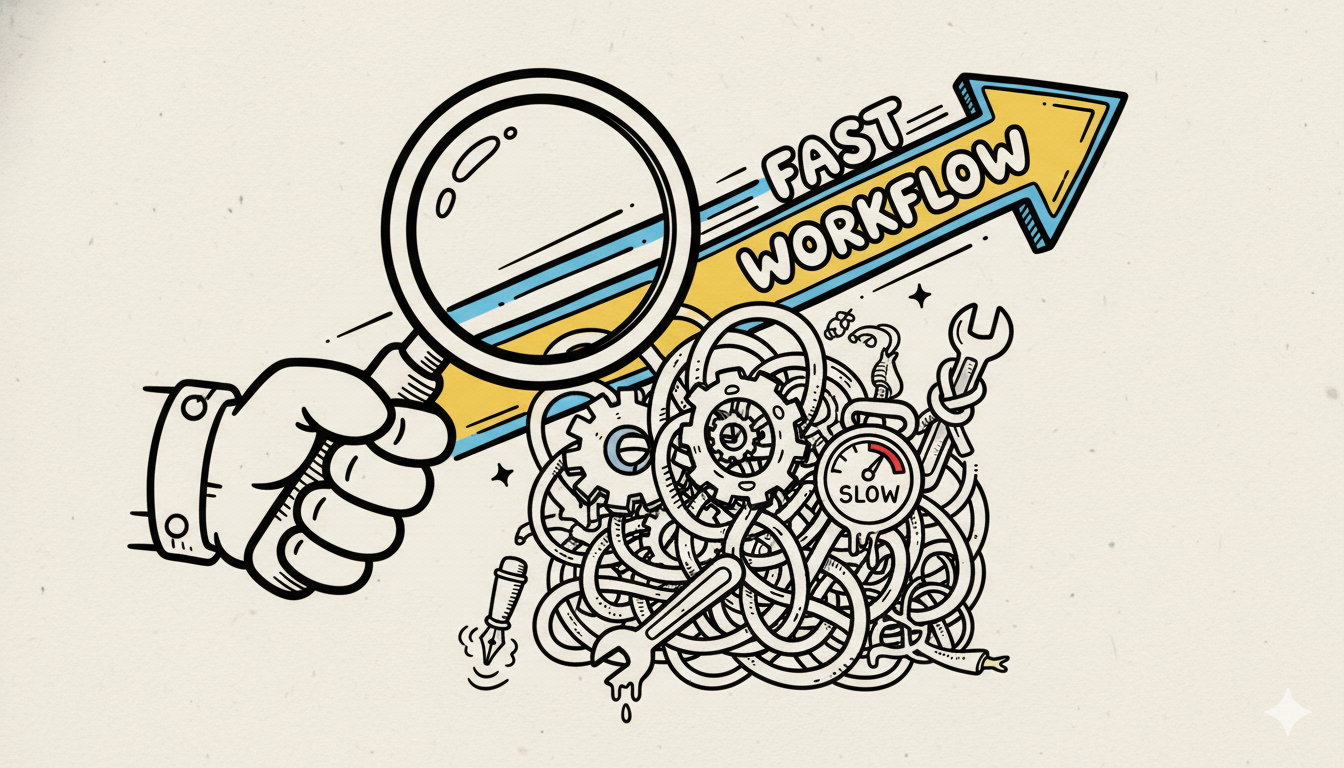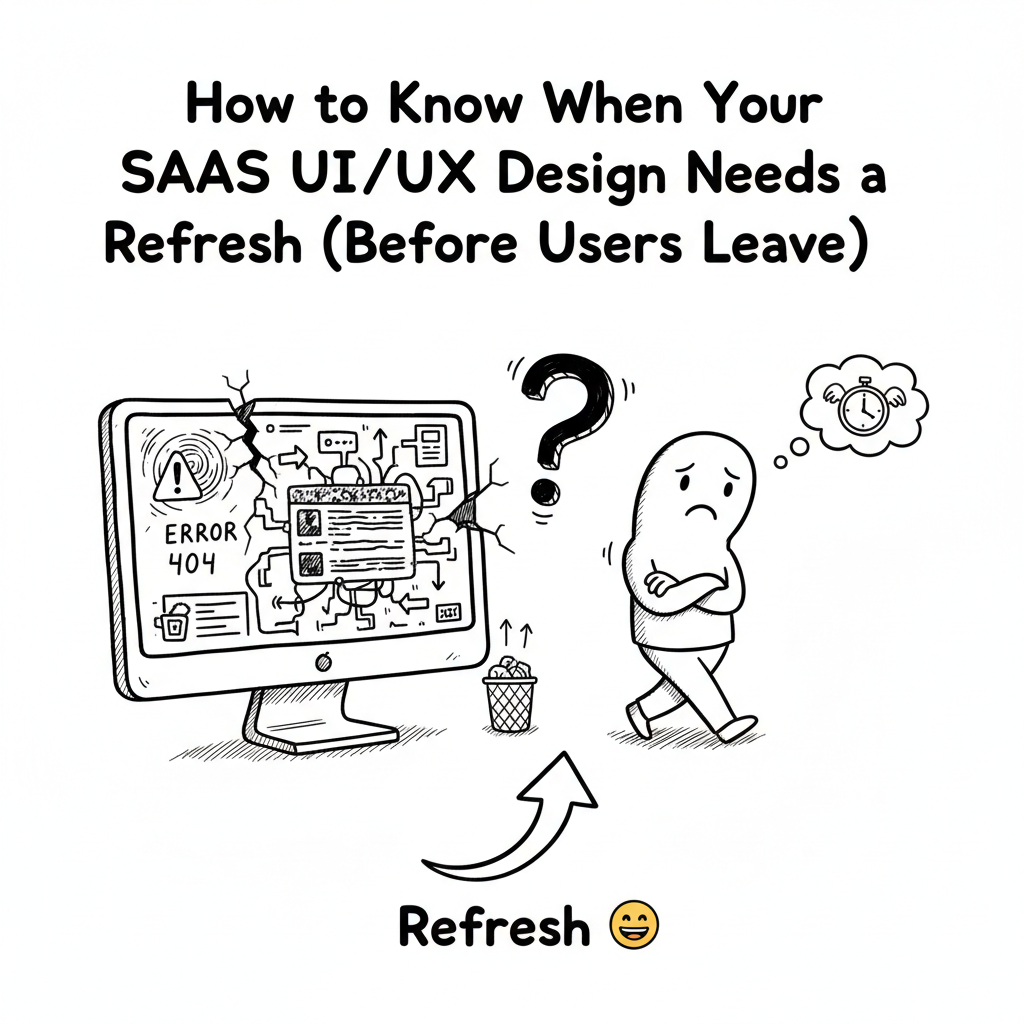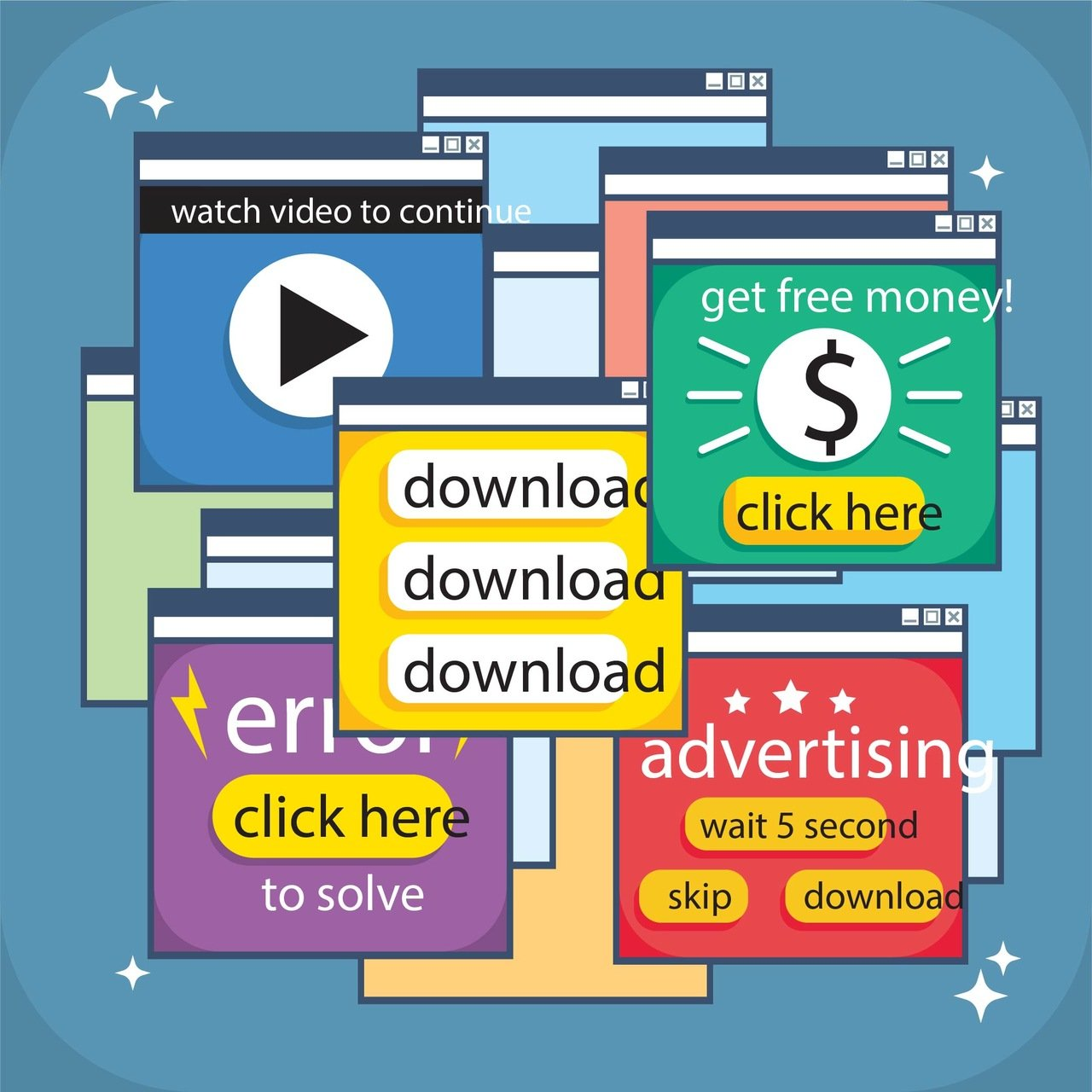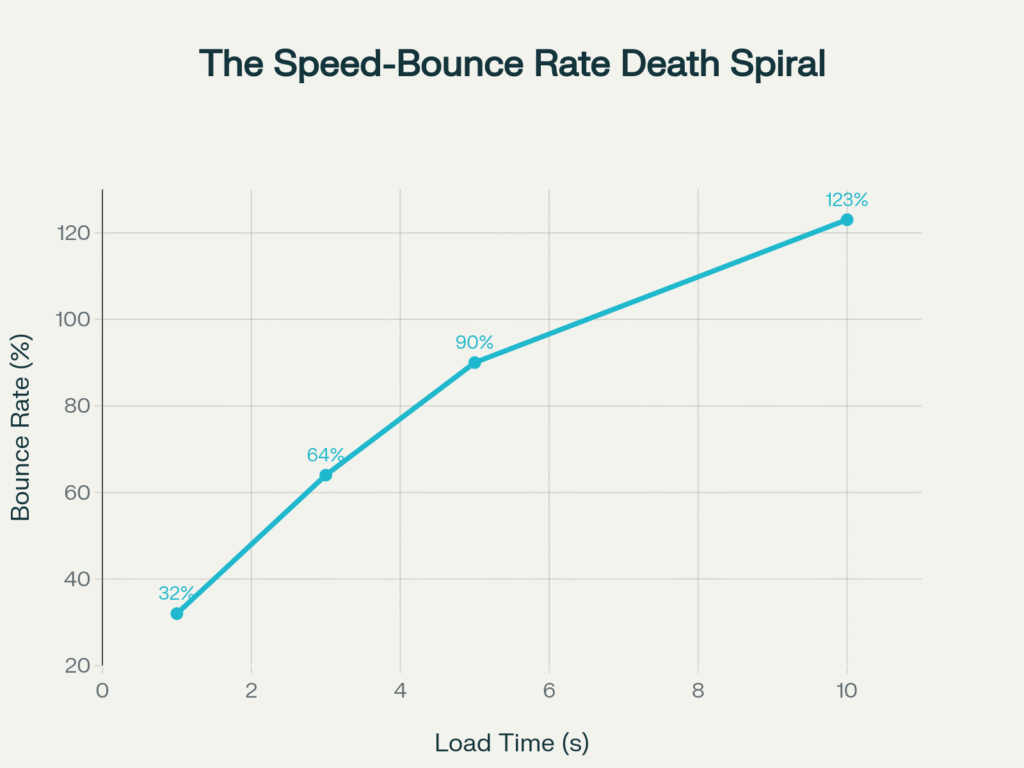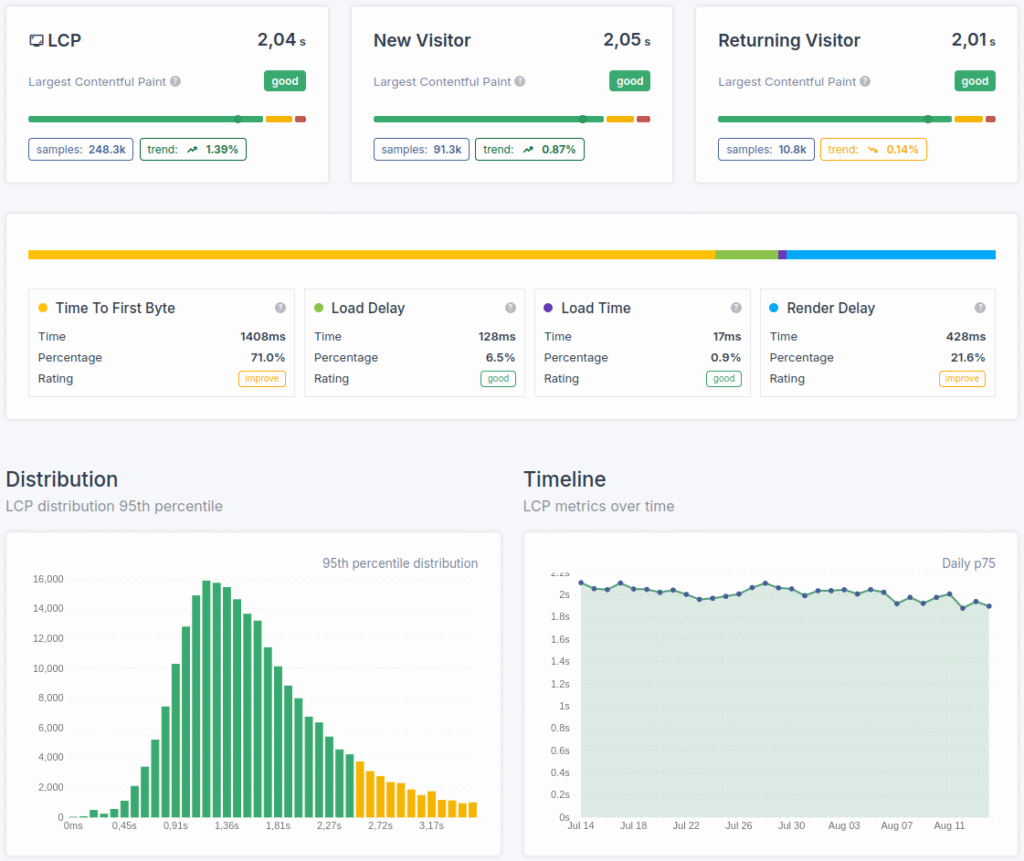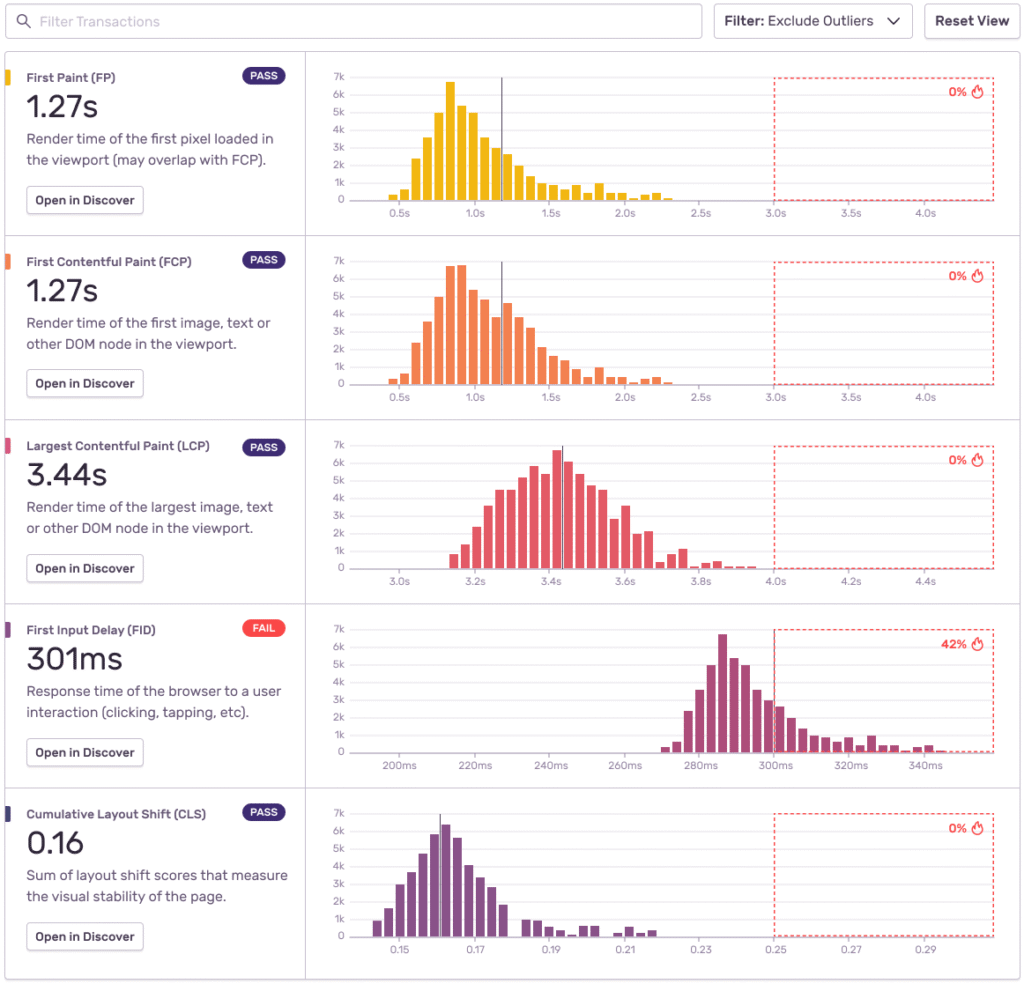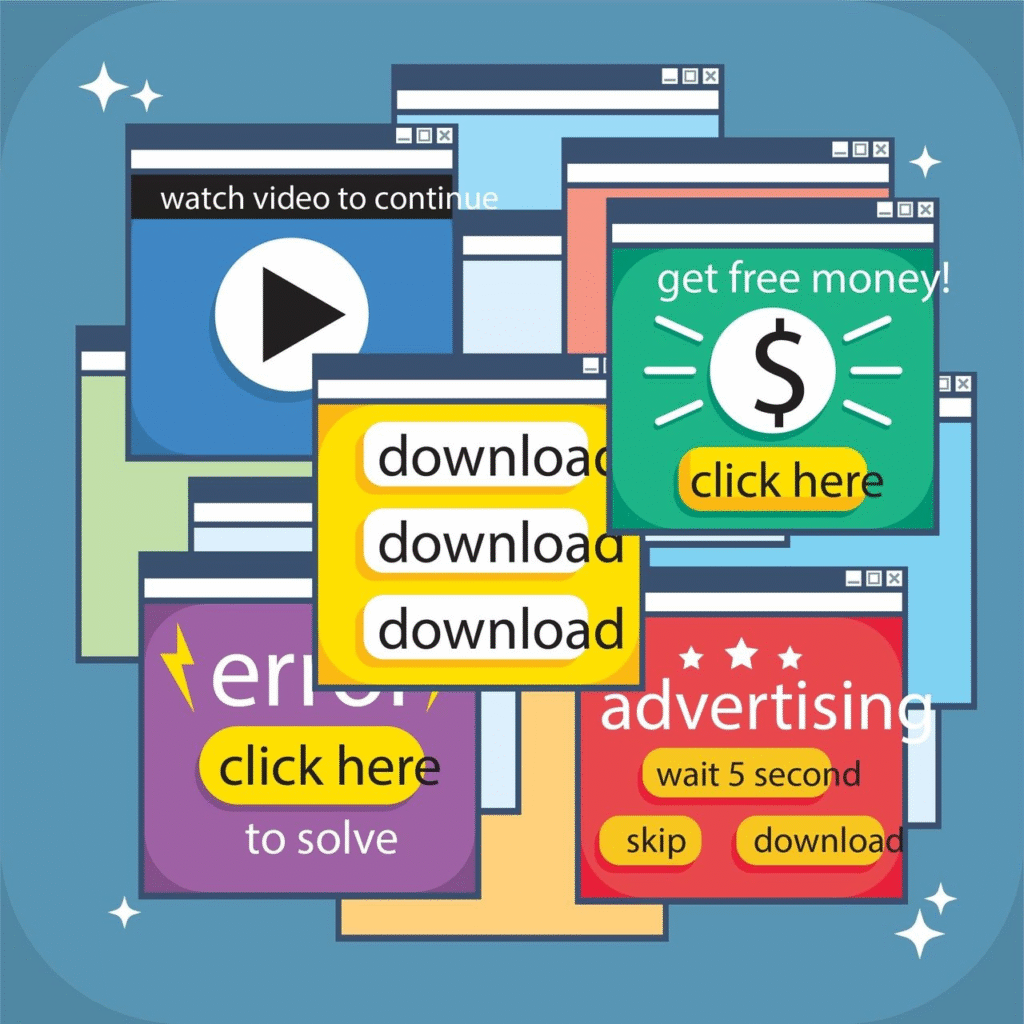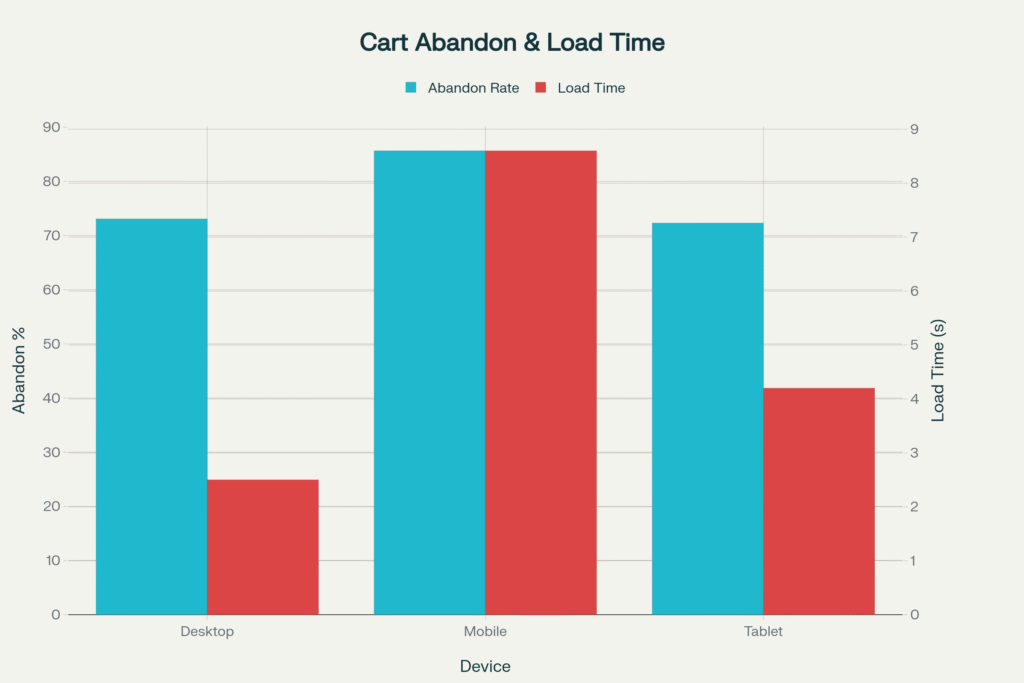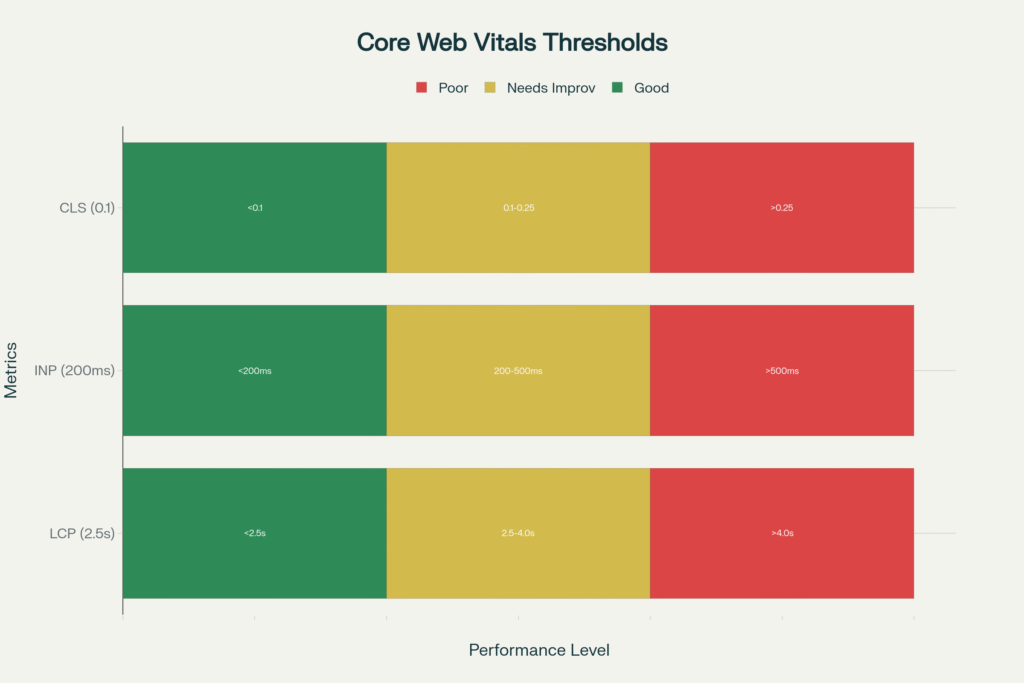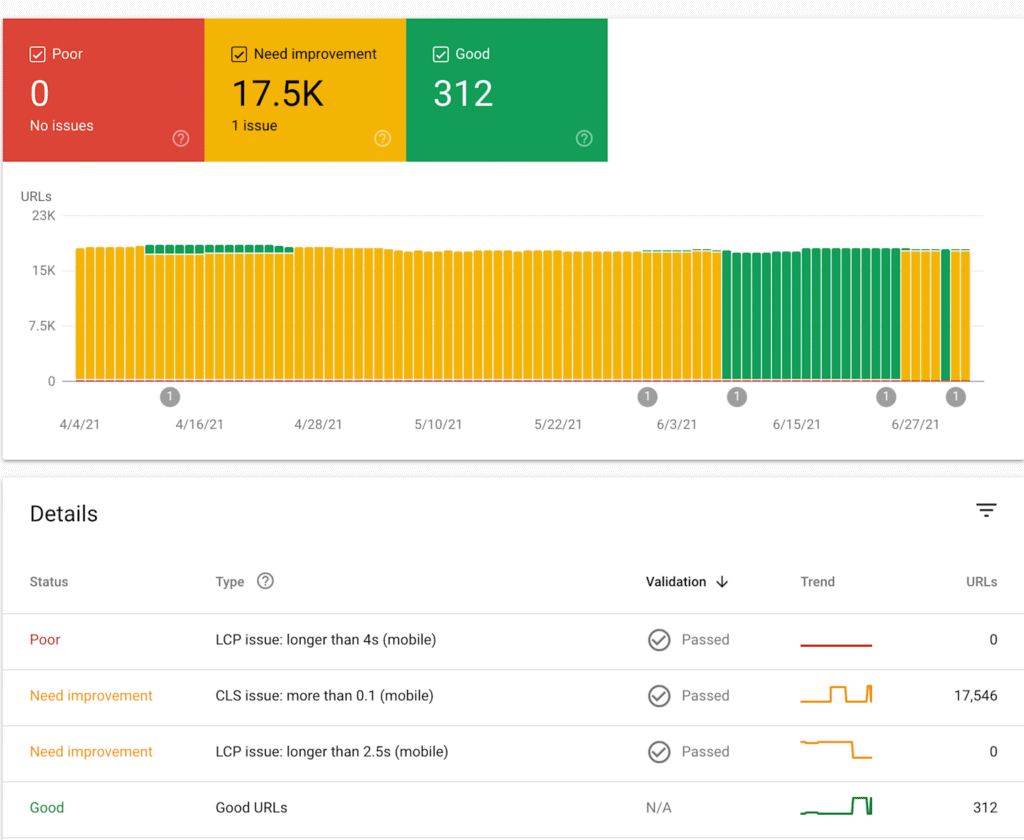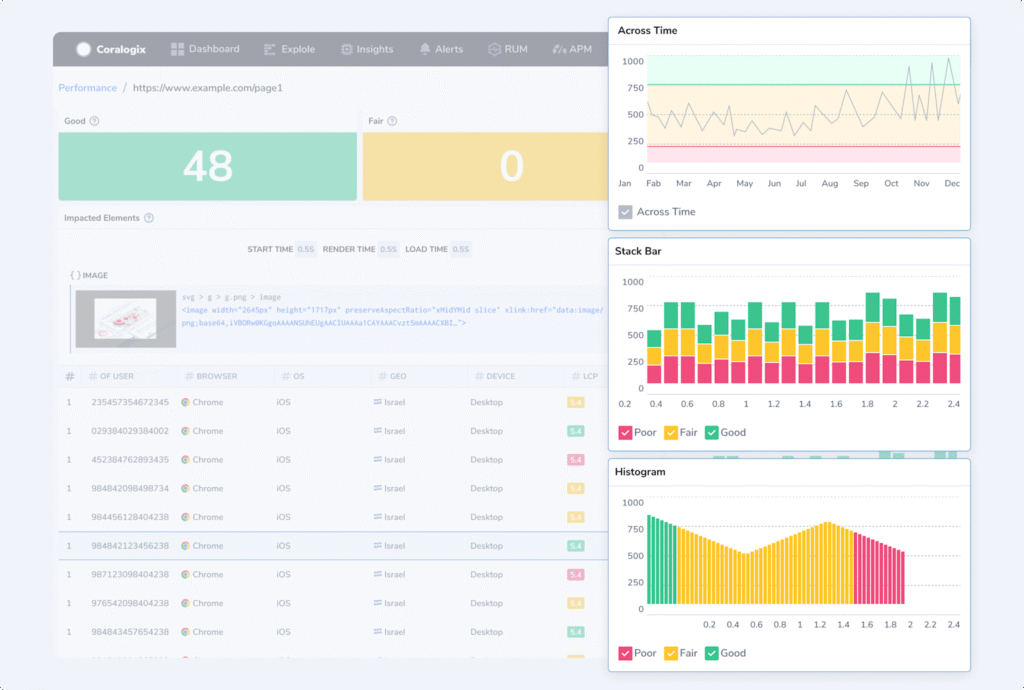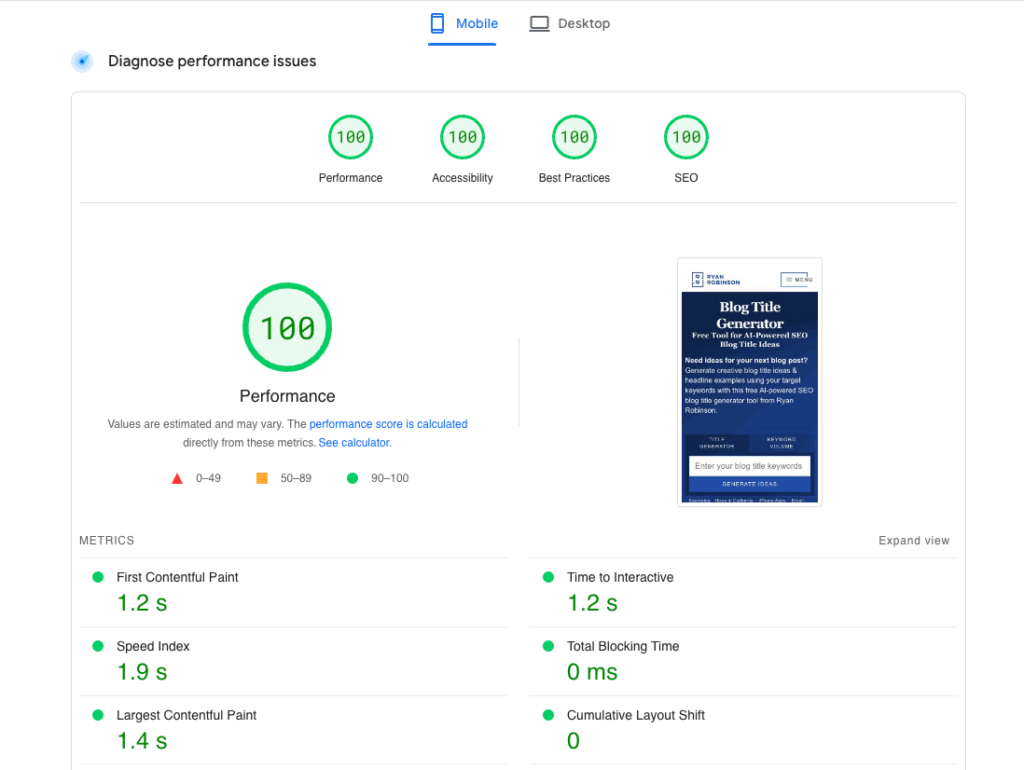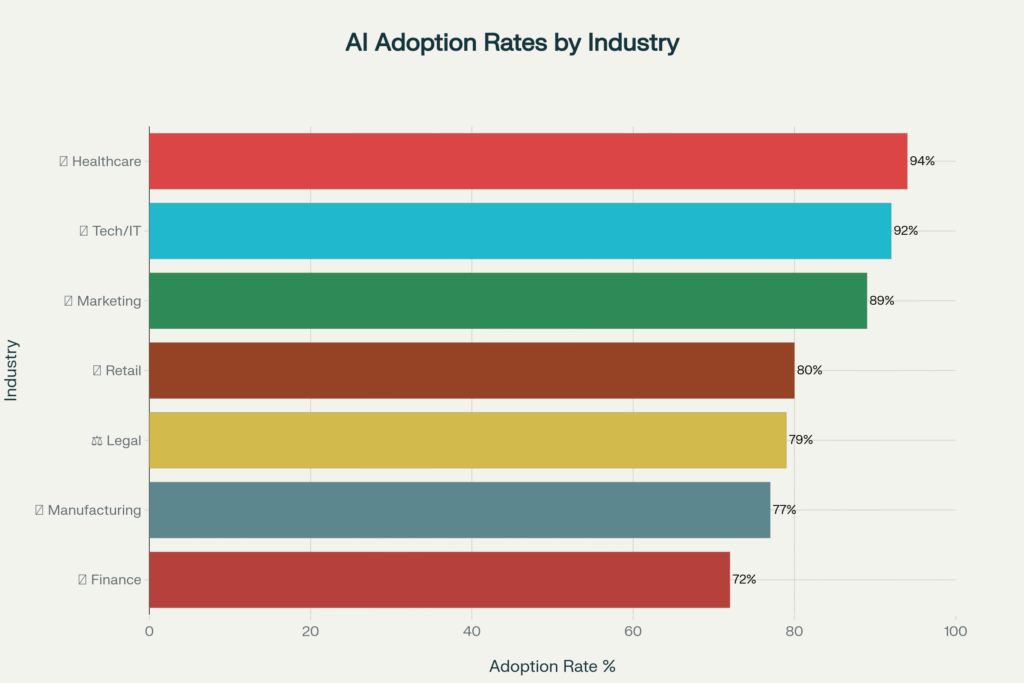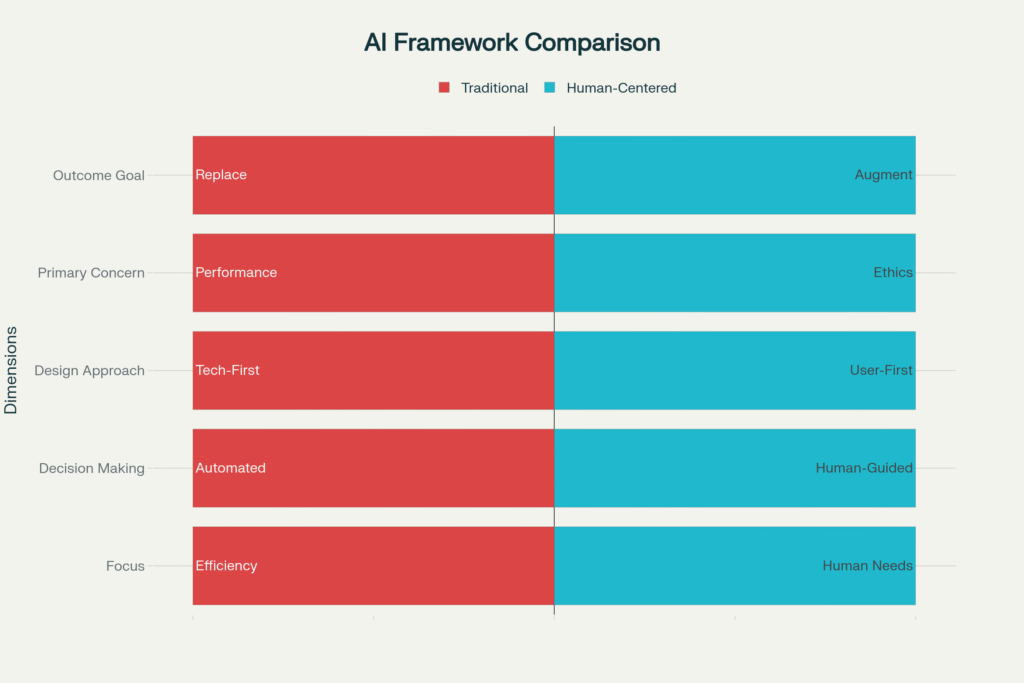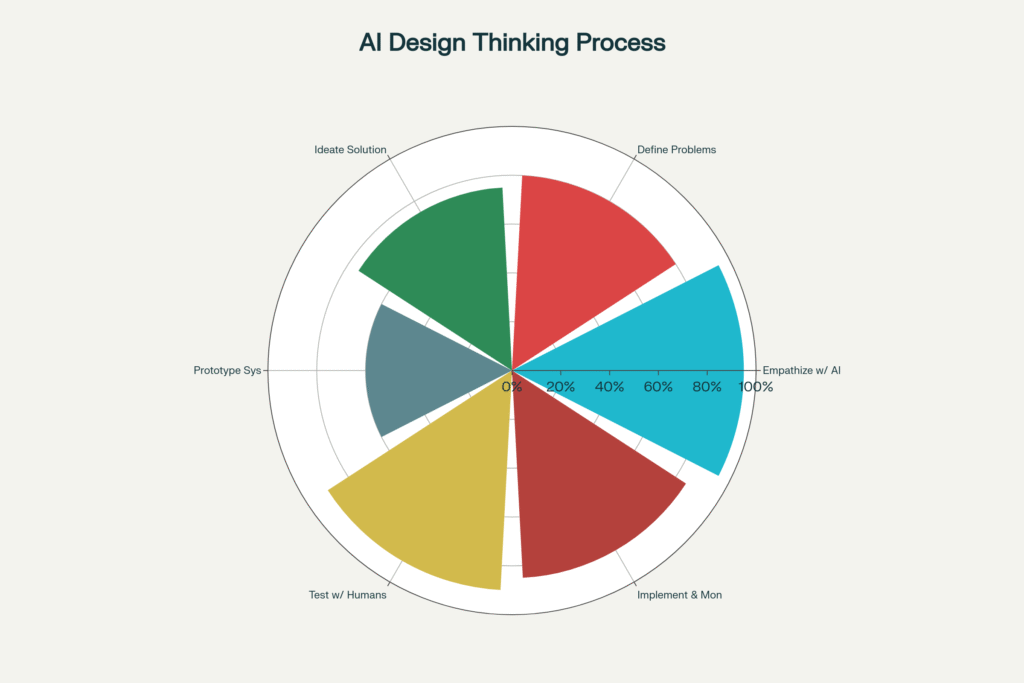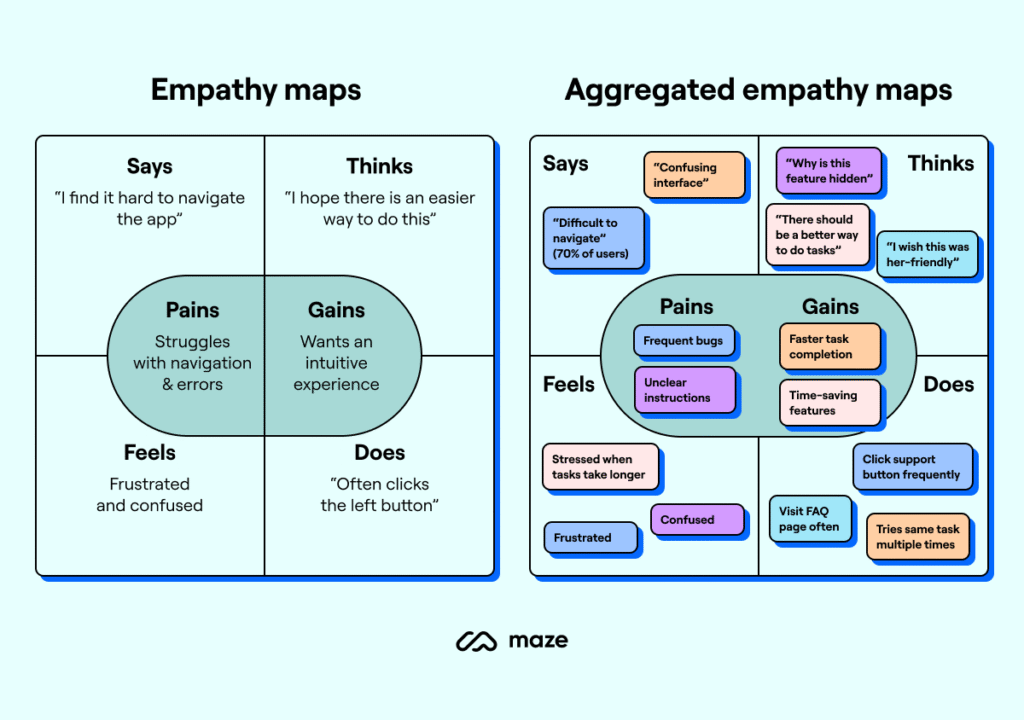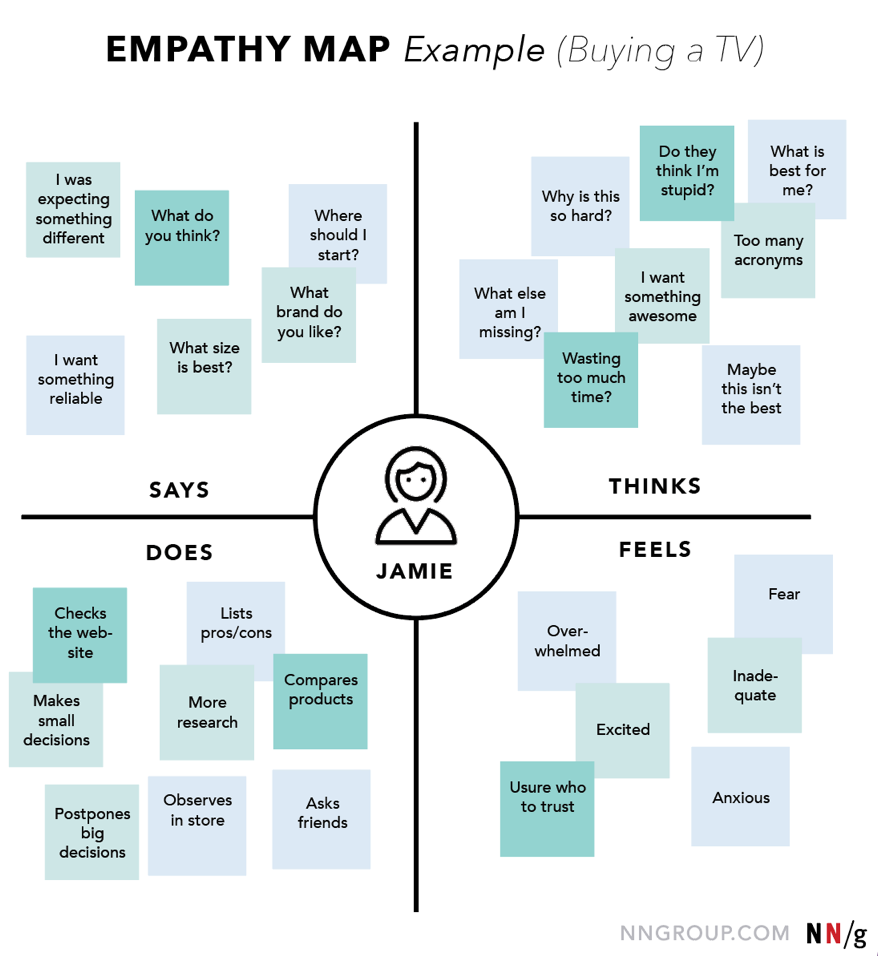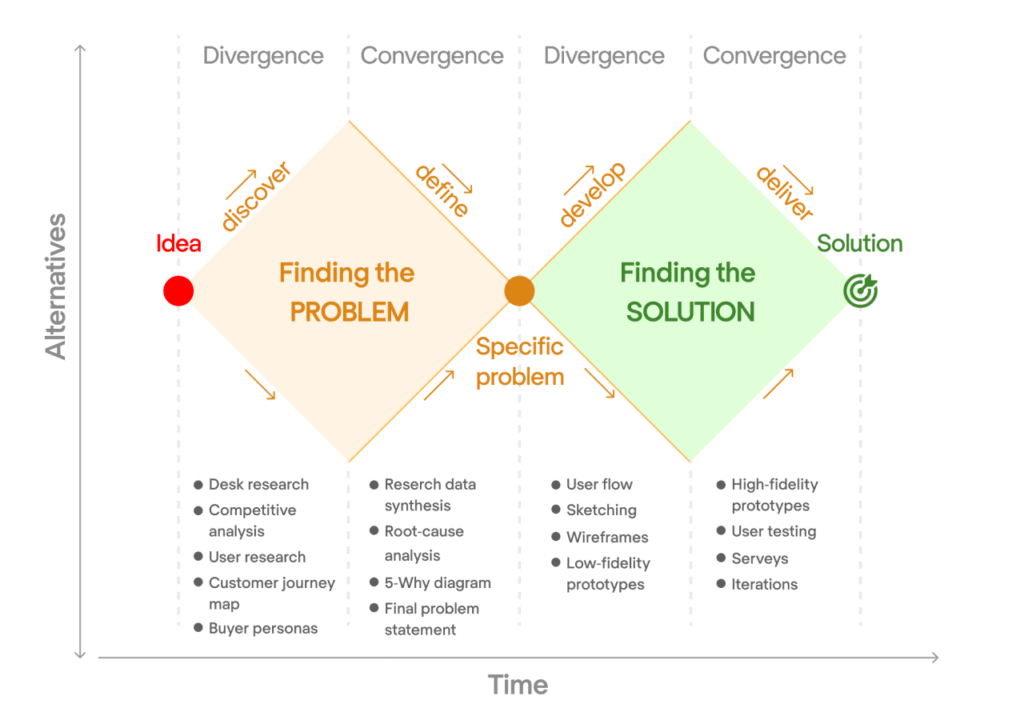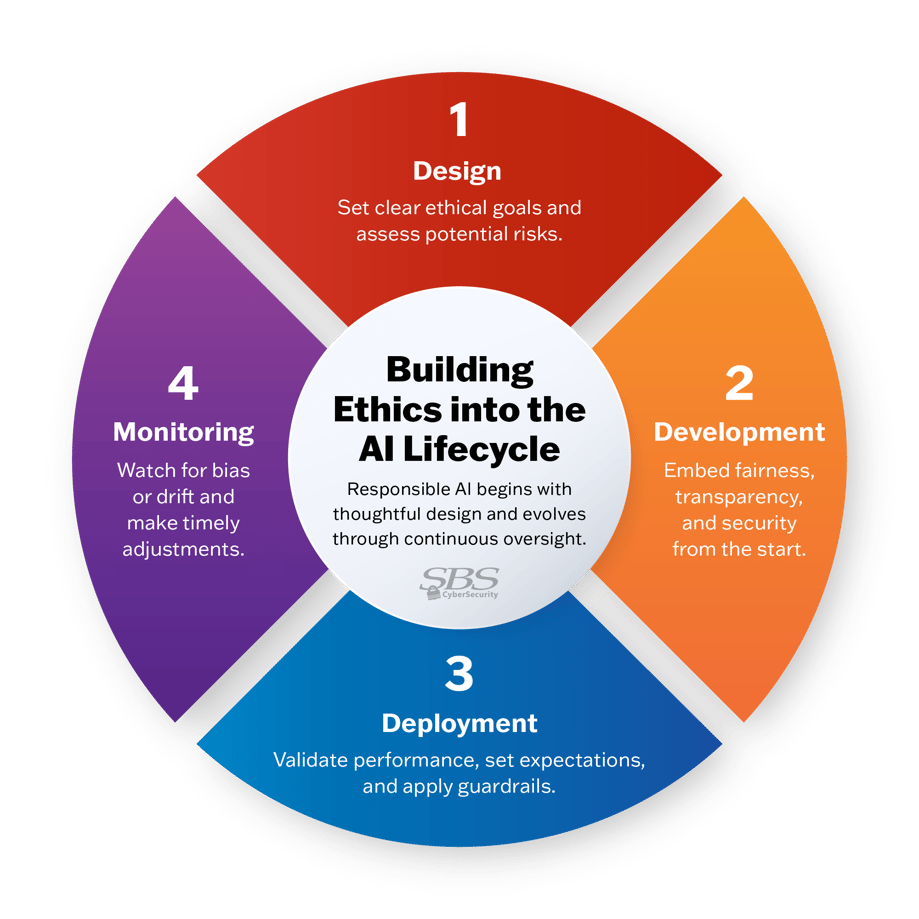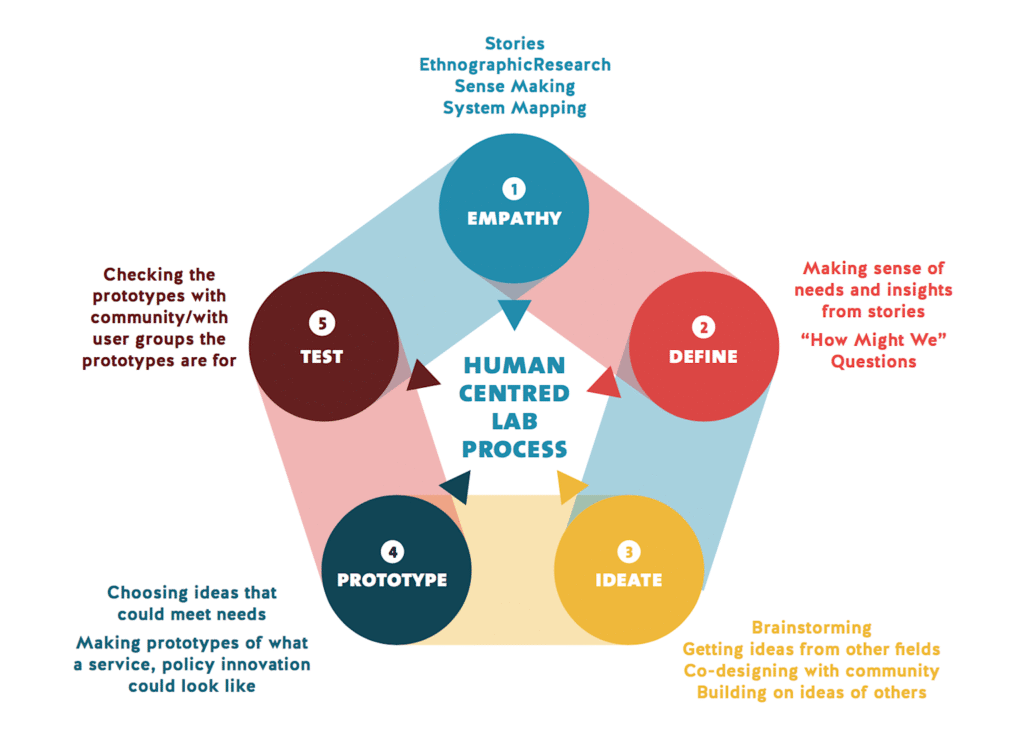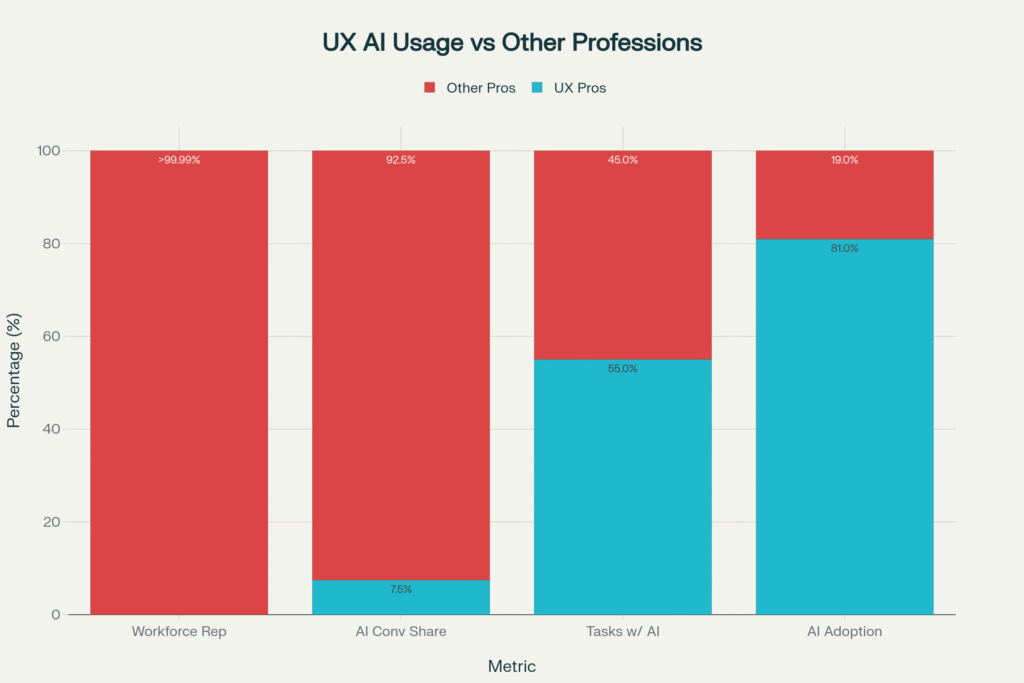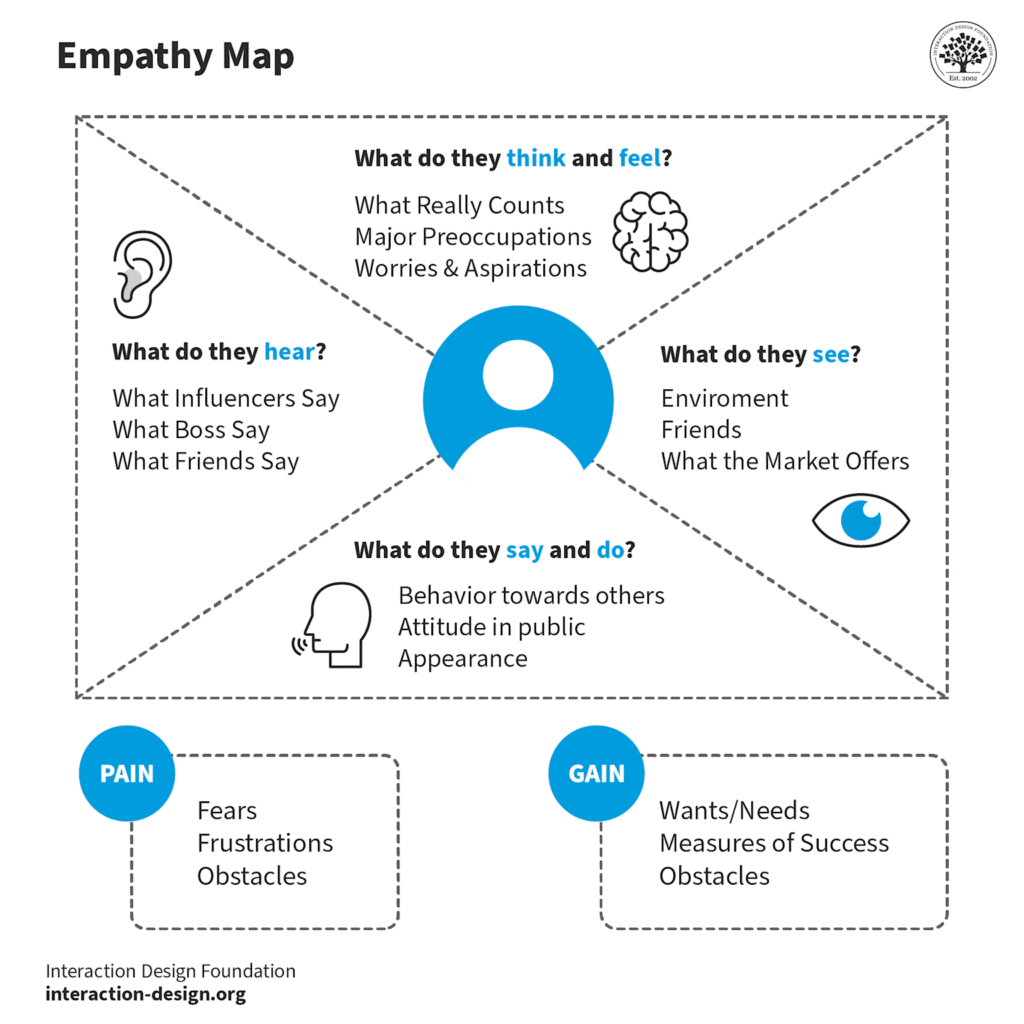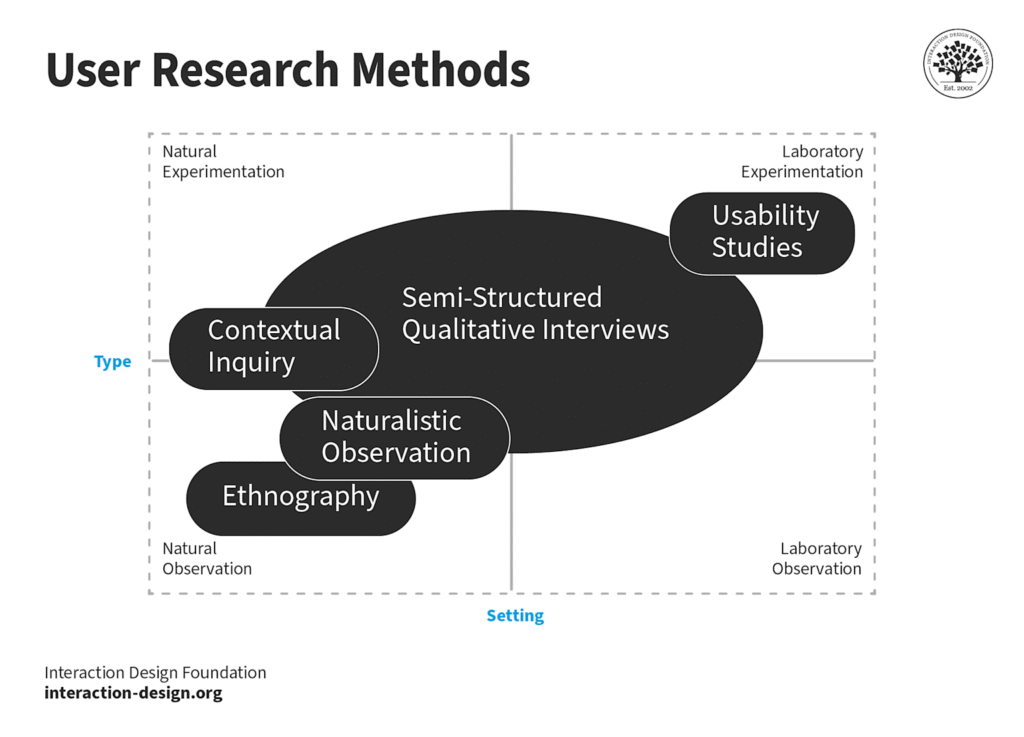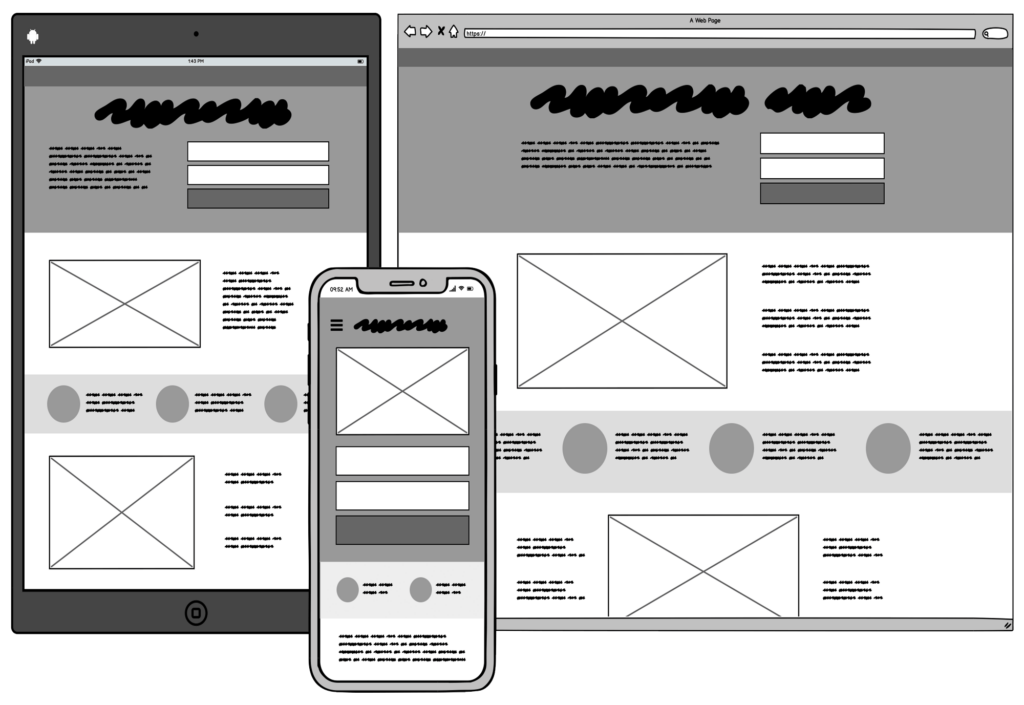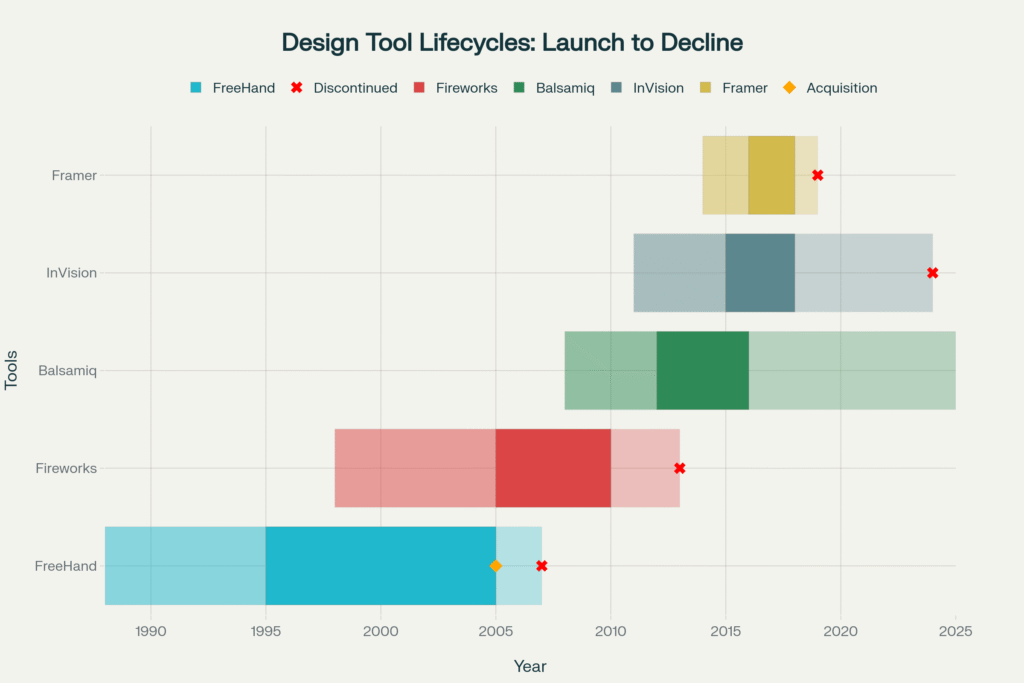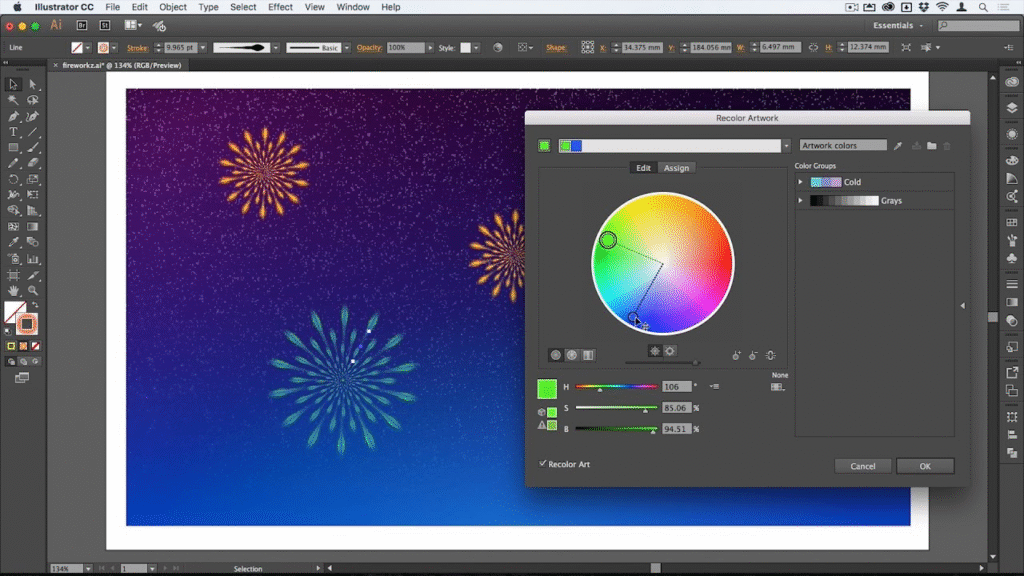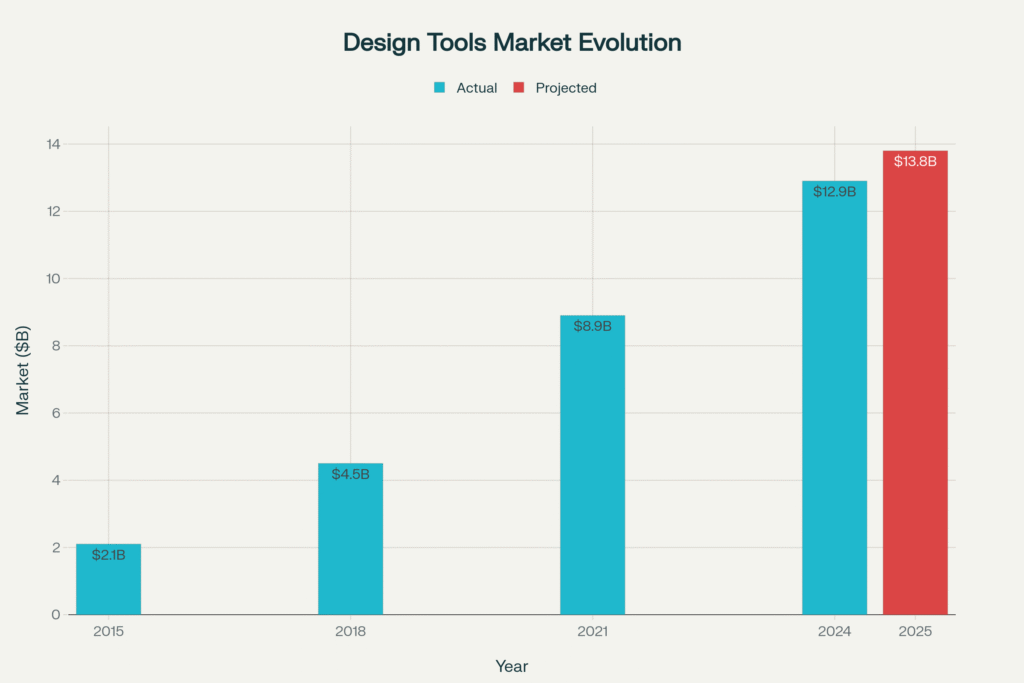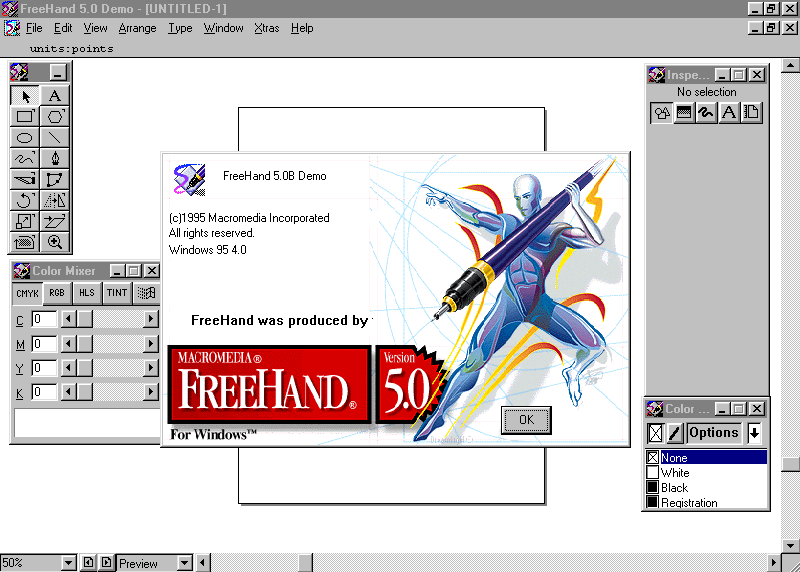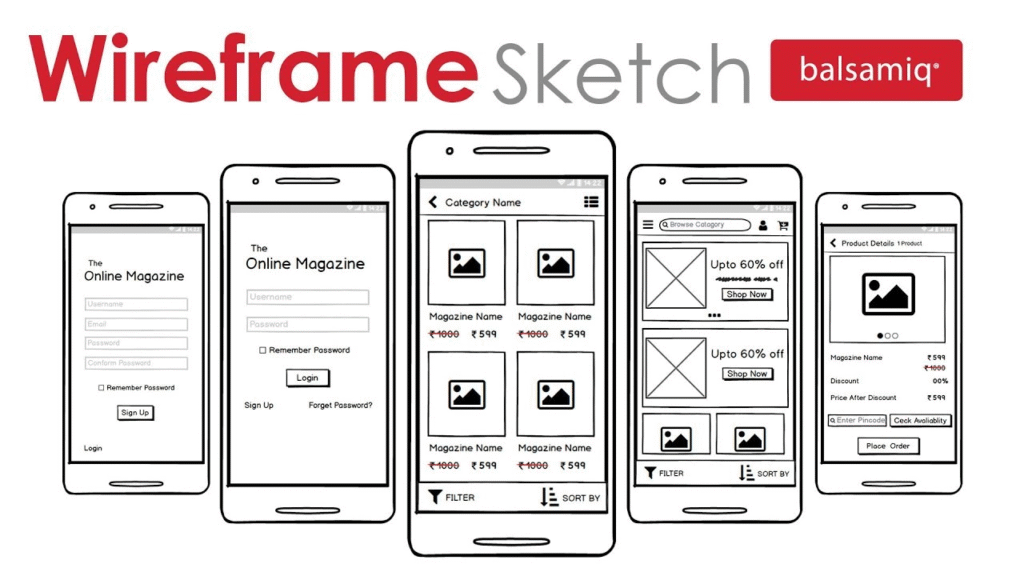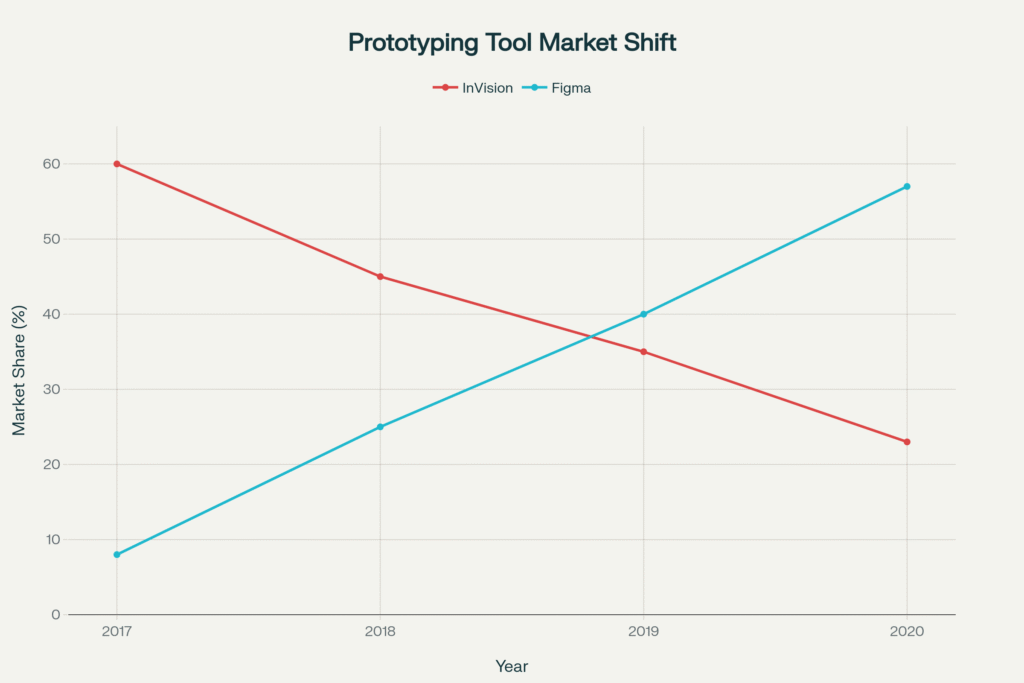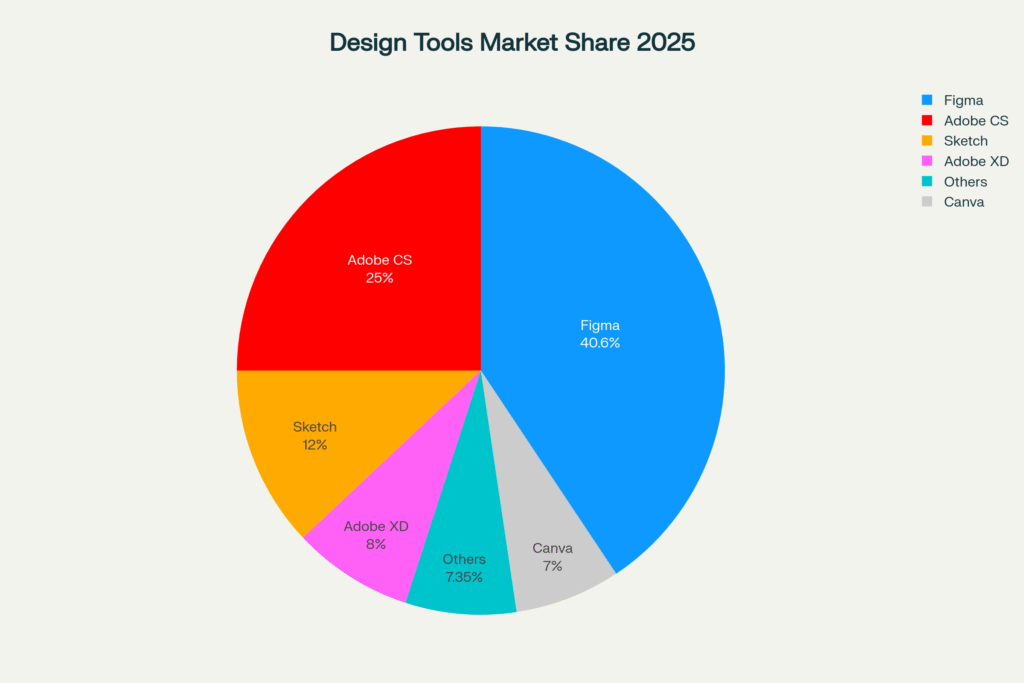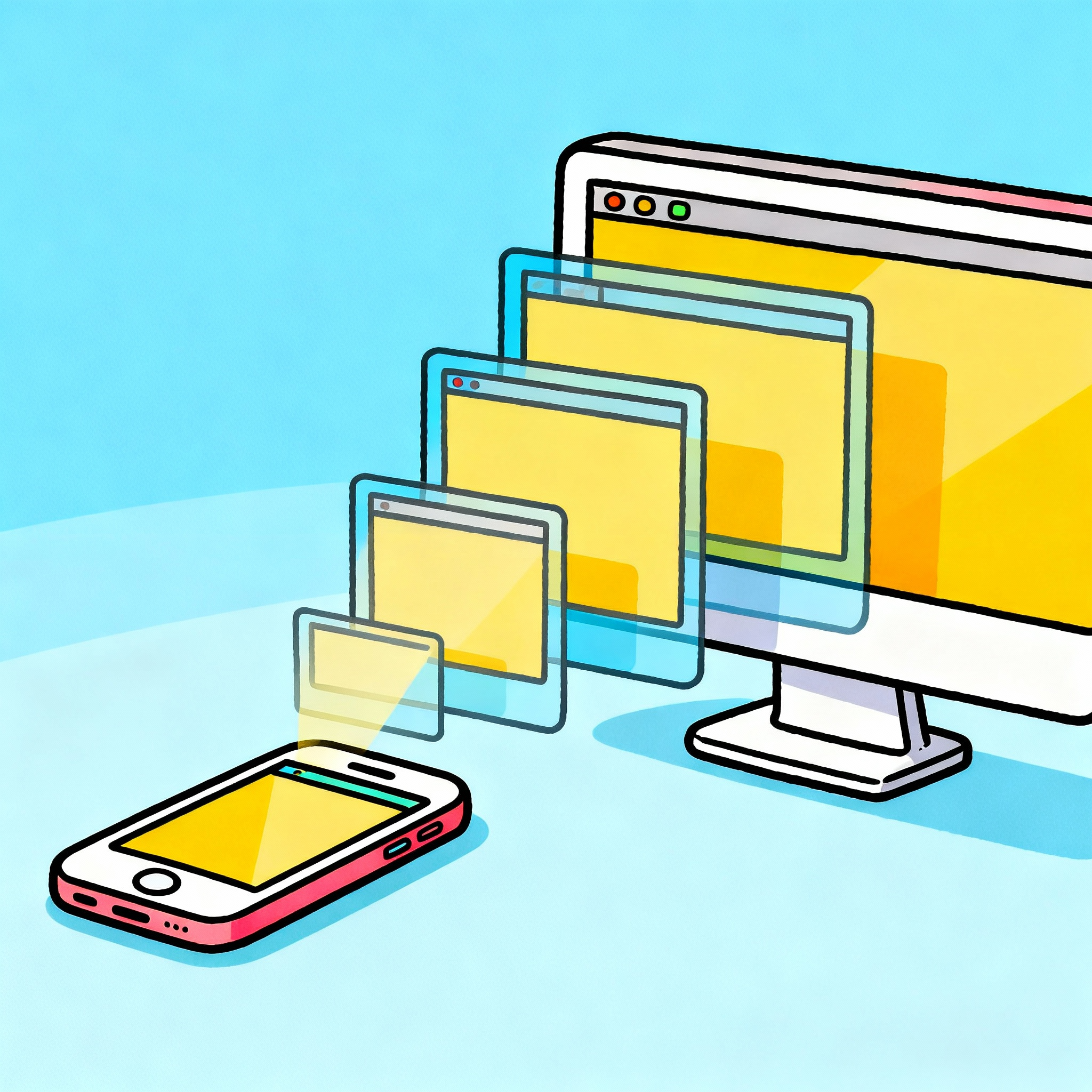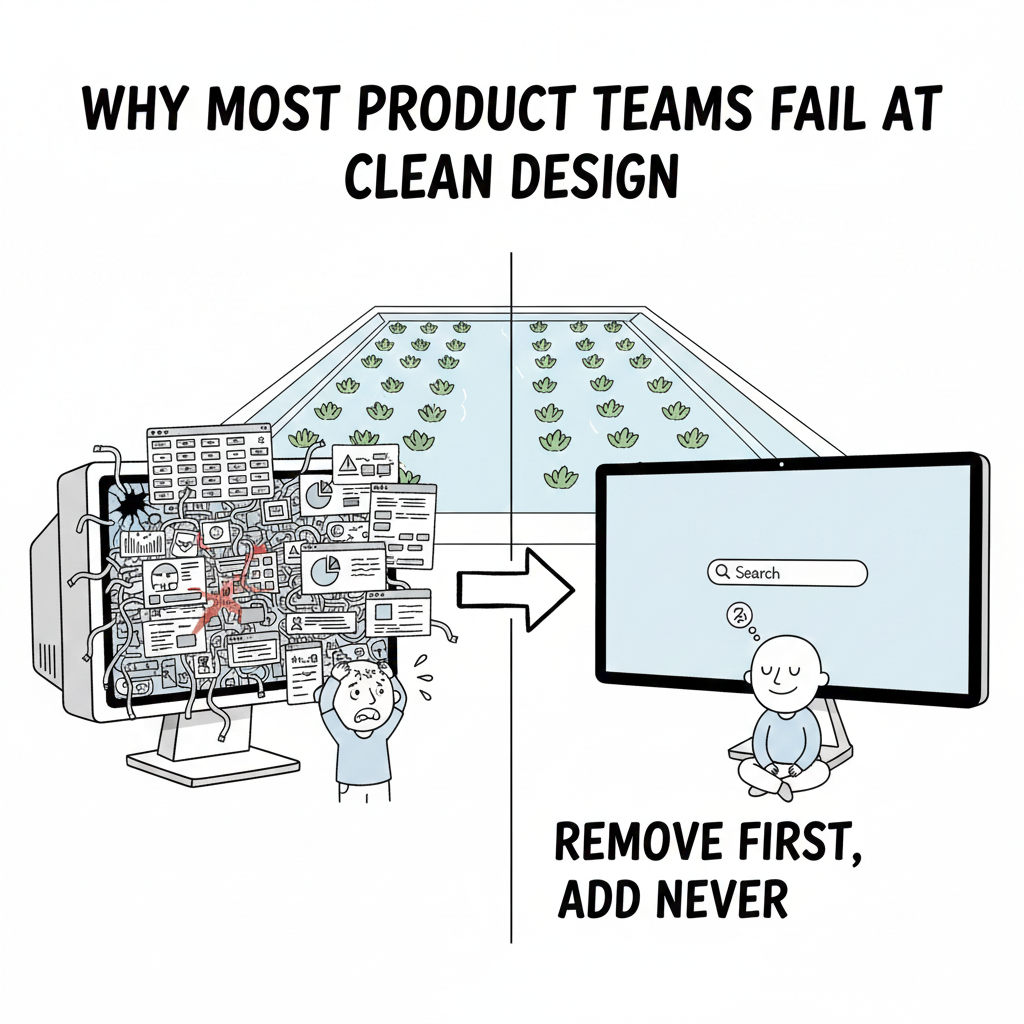
The Garden That Changed Everything
Picture a rectangular pond surrounded by carefully spaced plants. Families sit on benches, watching water reflect afternoon light. Children point at fish swimming below lily pads.
Nobody complains about missing features. Nobody wishes for more options. The space works precisely because it includes only what matters.
This scene from a Bangalore botanical garden reveals a fundamental truth about design: less creates more.
Most product teams operate under opposite assumptions. They believe more features equal more value. More options help more users. More customization increases satisfaction.
Research and market results prove otherwise.
The Addition Problem
Product teams face constant pressure to add features. Founders want to compete with established players. Sales teams need bullet points for presentations. Marketing wants differentiators.
Everyone has reasons to add. Nobody champions removal.
This creates products that confuse instead of convert. Users open applications and face decision paralysis. Too many buttons. Too many options. Too many paths forward.
The solution isn’t better onboarding. It’s better design.
What Clean Design Actually Means
Clean design removes unnecessary elements to highlight essential functions. It’s not minimalism for aesthetic purposes. It’s strategic simplicity for user purposes.
Think about how Google Chrome became the dominant browser. When it launched in 2008, competitors offered extensive toolbars, customization options, and built-in features.
Chrome offered a search box and fast performance. Nothing else mattered.
Users chose simplicity. Within four years, Chrome surpassed Internet Explorer as the world’s most used browser.
The Five Principles That Work
Successful products follow patterns. These principles appear consistently across industries, from technology to finance to consumer goods.
First: Remove Before Adding
Every new feature creates maintenance burden, increases complexity, and adds cognitive load for users. Before adding functionality, eliminate what users don’t need.
Apple exemplifies this principle. When Steve Jobs returned to Apple in 1997, the company offered dozens of confusing products. Jobs cut the lineup to four models. Revenue increased 150% in two years.
The lesson applies beyond hardware. Software products succeed when teams ask “what can we remove?” before “what should we add?”
Second: Use Space Intentionally
White space isn’t empty. It directs attention and reduces cognitive load. When screens feel cluttered, users process information slower and make more mistakes.
Lyft redesigned their application around this principle. They reduced the home screen to four words: “Where are you going?” Everything else disappeared.
The result looked empty. It functioned perfectly. Users understood instantly what to do next.
Research from Human-Computer Interaction studies shows that adequate white space increases comprehension by 20% and improves user satisfaction significantly.
Third: Assign Single Purposes
Each screen, button, and element should accomplish one clear task. When features serve multiple purposes, users get confused about functionality.
Salesforce built their design system around clarity. Their principle states: “Eliminate ambiguity. Enable people to see, understand, and act with confidence.”
Every element in Salesforce products has a clear, single purpose. Users know what happens when they click buttons. They understand how navigation works. Clarity builds trust.
Fourth: Maintain Consistency
Users learn patterns. When products follow consistent rules for navigation, buttons, and interactions, users build mental models. They know what to expect.
Microsoft violated this principle with Windows 8. They redesigned everything. New start menu. New navigation patterns. New visual language.
Users rejected the changes. Not because designs were bad, but because they broke learned patterns.
Windows 10 restored consistency. Users returned. The lesson: innovation has limits. Predictability builds user confidence.
Fifth: Make Complexity Invisible
Simple interfaces can hide complex systems. Airbnb demonstrates this perfectly. Finding accommodation involves complex transactions: payments, verification, communication, insurance.
Users see none of this complexity. They search, select, and book. Three steps. Done.
That’s sophisticated simplicity. The system handles complexity so users don’t have to think about it.
How to Apply Clean Design
Implementation starts with observation. Watch five users interact with your product. Don’t provide instructions. Just watch.
Note every moment they pause. Every confused expression. Every question they ask. These moments reveal design failures.
Fix these problems by removing complexity, not adding explanations. If users need instructions to complete basic tasks, your design failed.
Create a removal audit. List every feature in your product. Ask three questions for each:
Do users actually use this feature?
Does this feature help users accomplish their primary goal?
Would removing this feature make the product clearer?
If you answer no to any question, consider removal.
Establish clear design principles. Document what matters most for your product. Speed over features? Clarity over customization? Write these down. Reference them in every design decision.
Change your metrics. Stop measuring features shipped. Start measuring time to value—how quickly users accomplish their primary goal.
Stripe obsesses over this metric. They measure how fast users can integrate payment processing. Their focus on speed through simplicity built a $50 billion company.
The Business Impact
Clean design drives measurable results. Financial technology platforms that simplified onboarding increased completion rates from 23% to 78%.
E-commerce sites that removed checkout steps saw revenue increase by 35%. Support costs decreased when users understood products without help.
User acquisition accelerated. When people succeed quickly, they tell others. Products grow through recommendations instead of paid advertising.
The business case for clean design isn’t theoretical. It’s proven across industries and company sizes.
Moving Forward
Those families at the garden pond didn’t need instructions. They understood instantly how to enjoy the space. No signs. No explanations. No user manual.
Your product should work the same way. When users open your application, they should know immediately what to do next.
Remove what doesn’t help. Use space to guide attention. Give each element a single purpose. Maintain consistent patterns. Hide complexity behind simple interfaces.
That’s clean design. And it’s what transforms good products into ones users actually love.
Also Read: The $2M Design-Dev Miscommunication That Almost Killed Airbnb’s Rebrand

